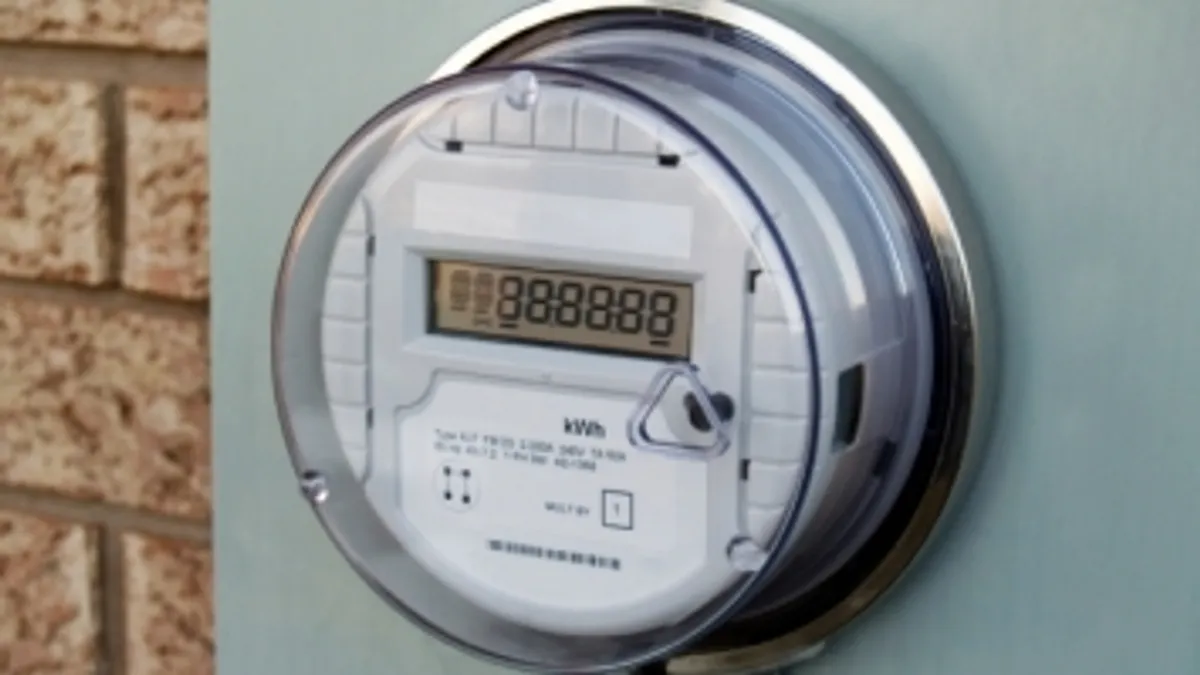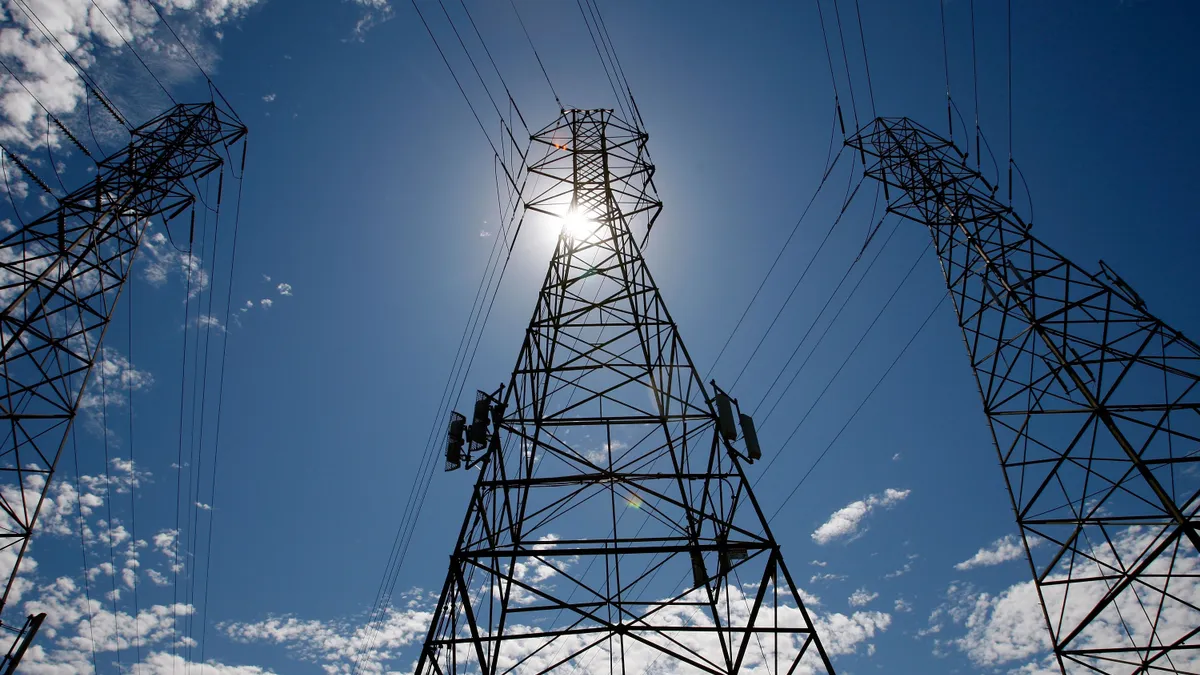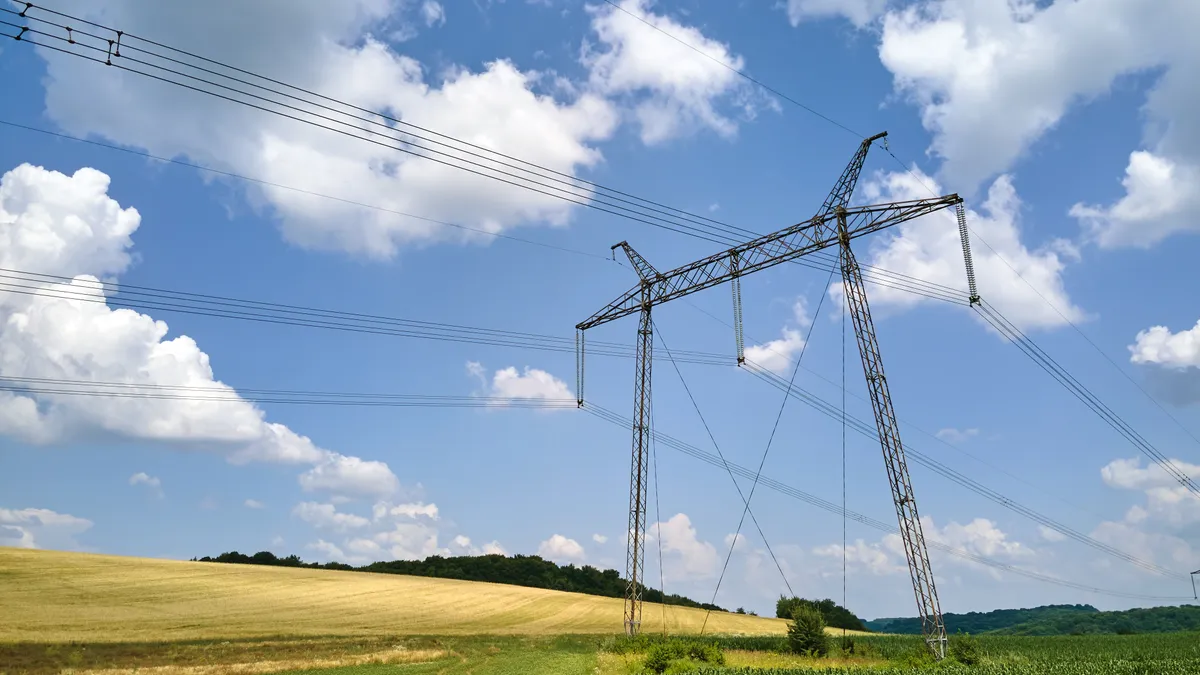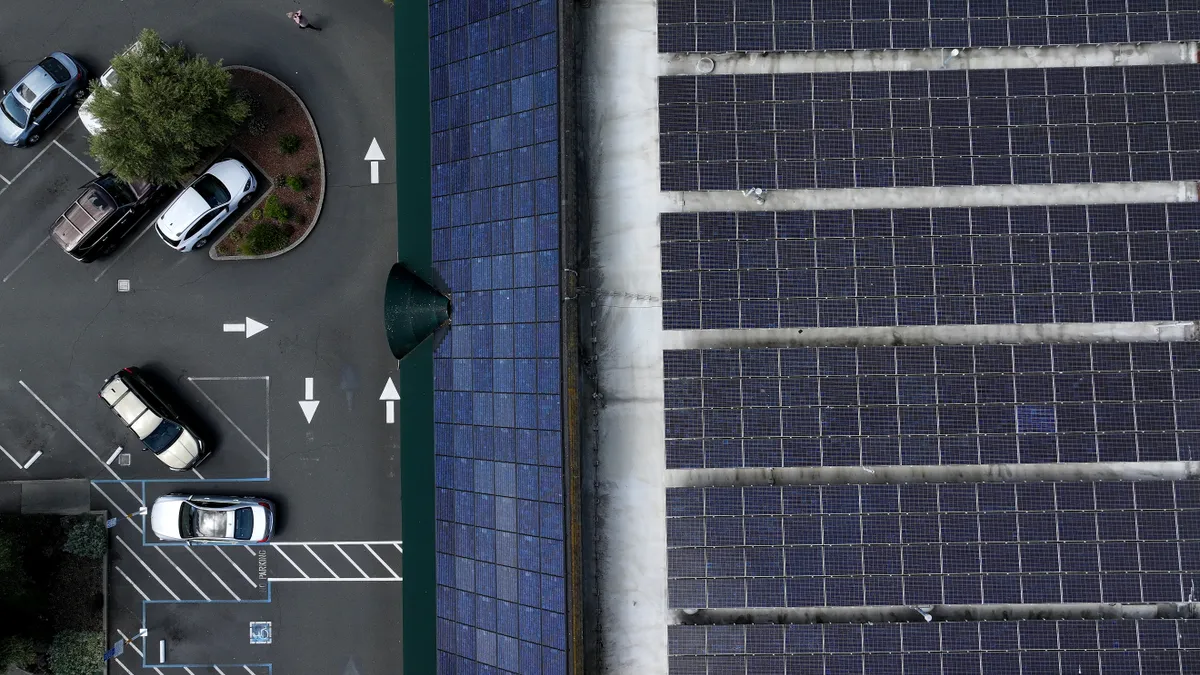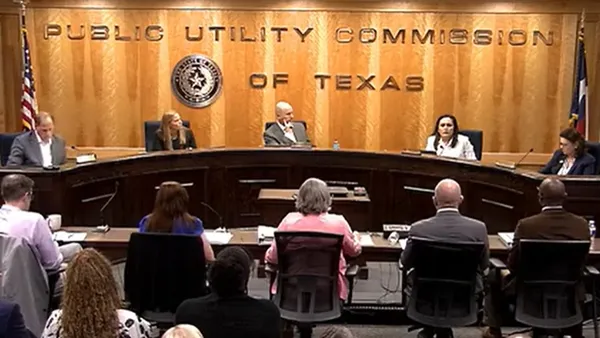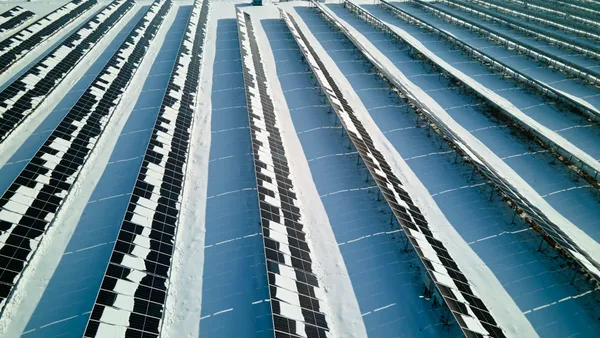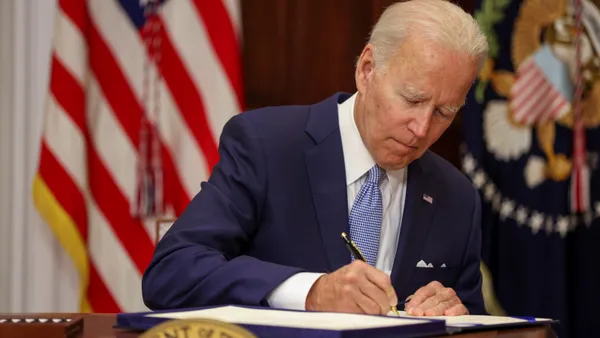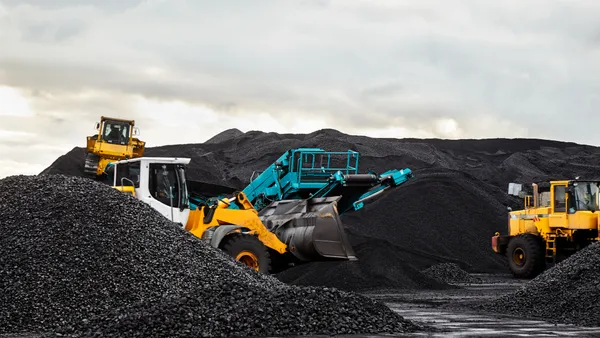Dive Brief:
- The Pacific Northwest improved its electric energy efficiency 268 MW last year, according to a report from the Northwest Power & Conservation Council (NPCC), which estimated ratepayer savings at $3.5 billion.
- Efficiency is now the second most significant way the Pacific Northwest meets its power demand, trailing only hydropower.
- According to NPCC, the region's overall investment in energy efficiency last year came to $375 million, figured in 2006 dollars, with the average cost of efficiency improvements around $17/MWh.
Dive Insight:
In 1980 Congress passed the Northwest Power Act, making energy efficiency the highest-priority resource to meet future demand for power. Since then, the region has reduced demand for electricity by 5,600 average MW, according to the NPCC's analysis.
“The 2013 savings add to a tremendous legacy of achievement for the region over last 30 years,” Council Chair Bill Bradbury said. “It is simply phenomenal to achieve so much in terms of reducing demand for power at such a low cost to our region’s ratepayers.”
The $17/MWh cost of efficiency is "a bargain" compared to about five times the cost of power from a new gas-fired facility, the council said. The 2013 efficiency savings exceeded goals by about 8 MW; the region has exceeded targets every year since 2005.
NPCC compiled the savings estimates from data gathered by the council’s Regional Technical Forum from reports of 80 electric utilities, the Northwest Energy Efficiency Alliance, the Energy Trust of Oregon, Pacific Northwest Generating Cooperative, and other sources.



